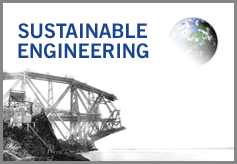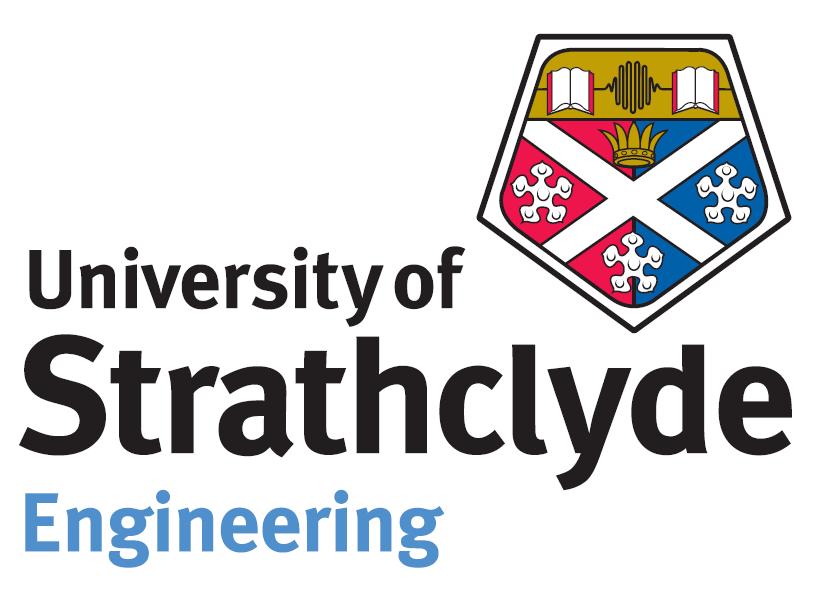Modelling Degradation/Roughness
Aerofoil characteristics are normally given for a smooth aerofoil. However, neither wind nor marine turbines will be operating with flawless aerofoil surfaces for much of their working lives. Aerofoil surface degradation can result in increased drag and reduced lift. Abbott and von Doenhoff provided test data for a series of NACA aerofoils with a ‘standard roughness’ to represent icing on aircraft wings. Similar methods of simulating fouled blades are commonplace in the wind industry when testing aerofoil profiles which are specifically designed for wind turbine applications to resist associated performance drop-off. One example is the use of zig-zag tape. Another method is to ‘trip’ the boundary layer into turbulent flow close to the leading edge with a wire stretched across the surface and this provides similar results to surface roughness. When using a program such as XFOIL to calculate data, transition from a laminar to a turbulent boundary layer can be forced close to the leading edge to simulate the effect of surface roughness.
For our degraded NREL S814 example, data from NREL wind tunnel tests carried out at TU Delft was used. In this case the degraded surface was simulated using a roughness developed for field testing of wind-turbine blades. This consisted of granular roughness, varying in size from 0.38mm to 0.64mm, distributed onto five 1mm wide, 0.05mm thick, double-sided adhesive tape positioned at 2% of the chord on the upper surface and 10% of the chord on the lower surface.





